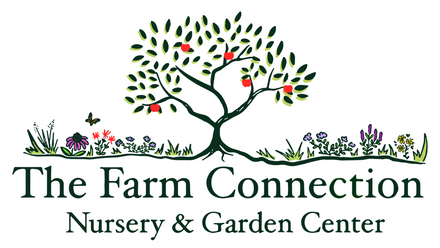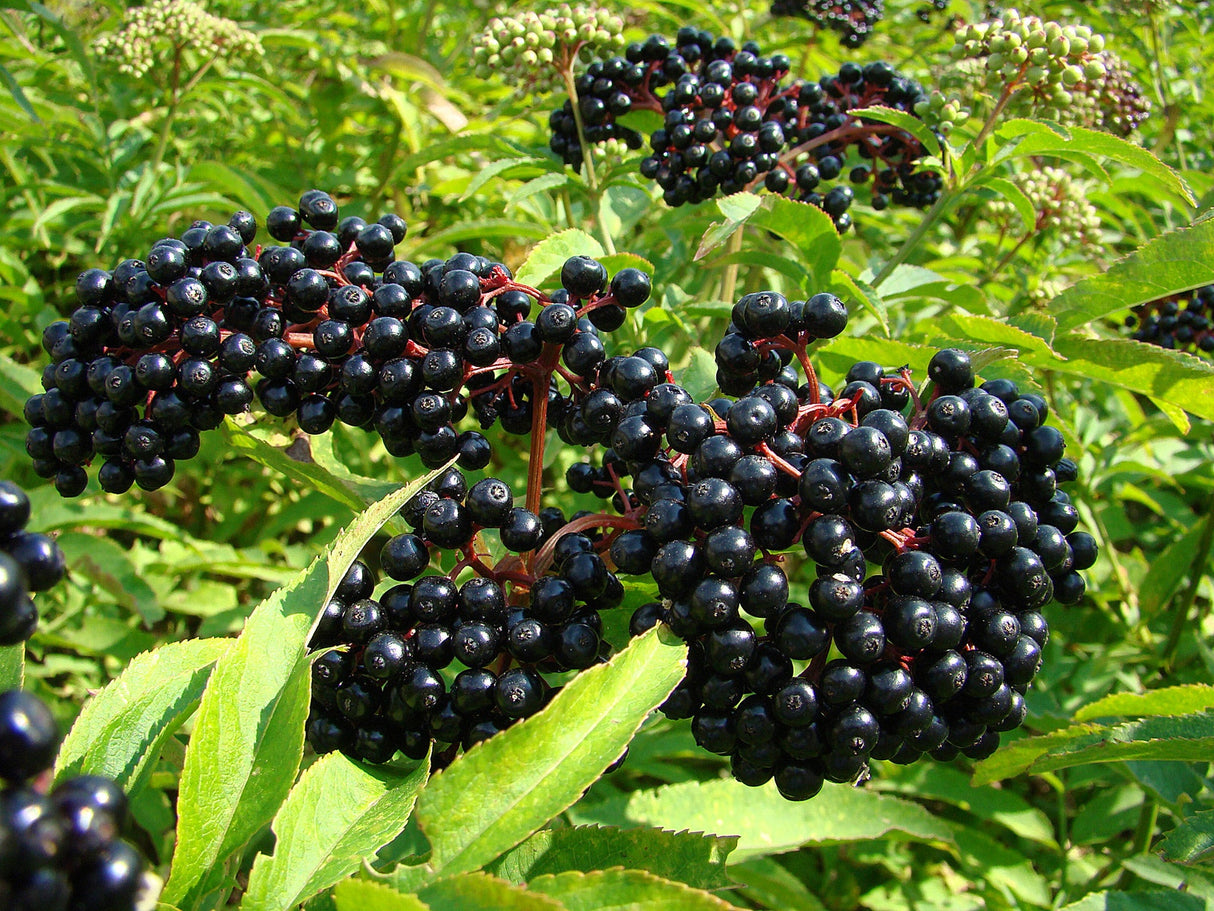Elderberry, Seedling, Bare Root
Fast-Growing Native for Food & Wildlife
Elderberry, Seedling, Bare Root - Bare Root / 6-16" Seedling is backordered and will ship as soon as it is back in stock.
Couldn't load pickup availability
Delivery and Shipping
Delivery and Shipping
Make sure to thoroughly review our entire "Shipping, Returns, Refunds, and Our Guarantee" page for all relevant details about ordering from our store.
Making a purchase from our store constitutes an agreement to all the conditions outlined in those policies.
We appreciate your support and look forward to being your favorite plant provider!
Subscribe to our newsletter
Sign up for exclusive offers.
Elderberry, Seedling (Sambucus canadensis)
American Elderberry is a fast-growing, multi-stemmed native shrub with wide-ranging ecological, medicinal, and edible uses. These bare-root seedlings are grown from open-pollinated Sambucus canadensis, not named cultivars, and will produce variable but reliably fruitful plants. Elderberries thrive in moist soils, bloom in early summer with creamy-white flower clusters, and produce heavy crops of small, dark purple-black berries in late summer. A keystone species for pollinators, birds, and humans, elderberry belongs in any food forest, hedgerow, or regenerative planting focused on multifunctionality and biodiversity.
Key Characteristics
-
Edible berries and flowers for food and medicine
Elderberries are rich in antioxidants and traditionally used to make syrups, jams, wines, and teas. The berries (always cooked before consuming) are known for their immune-supporting properties. The fragrant flowers can be harvested for elderflower cordial, fritters, or skin-soothing infusions. -
Supports pollinators and provides dense wildlife habitat
Elderberry flowers are highly attractive to native bees and beneficial insects. The dense branching structure offers nesting cover for birds and small mammals, while the berries feed a wide variety of wildlife, including songbirds, foxes, and deer. -
Fast-growing and easy to integrate into regenerative designs
Seedling elderberries are adaptable and vigorous, often bearing fruit within 2–3 years. They thrive in wetland edges, swales, riparian buffers, and the shrub layer of food forests or silvopasture systems. Excellent for erosion control and ecological restoration. -
Variable genetics increase resilience
Unlike named cultivars bred for uniform fruiting, seedlings offer greater genetic diversity, which contributes to resilience in dynamic, low-input systems. While fruit size and productivity will vary, all plants are useful ecologically and practically. -
Tolerant and low-maintenance once established
Elderberry thrives in full sun to part shade and tolerates a wide range of soils, especially moist to medium-wet conditions. Pruning promotes better fruiting and air flow. Suckering growth allows it to form natural thickets over time.
Product Details
- Native range: Eastern and central North America
- Plant life cycle: Perennial, deciduous shrub
- Sun requirements: Full sun to part shade
- Soil requirements: Medium to wet, well-drained to seasonally saturated
- Mature height: 8–12 ft
- Bloom time: Early to mid-summer
- Bloom color: Creamy white
- USDA Hardiness Zones: 3–9
Elderberry seedlings are a high-value addition to any regenerative planting—bringing food, medicine, wildlife value, and ecological resilience in one fast-growing native plant.
-
Sun RequirementsFull Sun, Part Sun/Shade
-
Soil RequirementsMedium, Medium-Wet
-
Bloom ColorWhite
-
Bloom TimeJune, July
-
USDA Hardiness ZonesZone 3, Zone 4, Zone 5, Zone 6, Zone 7, Zone 8, Zone 9+
-
Native StatesMaine, Vermont, New York, Pennsylvania, Ohio, Indiana, Illinois, Michigan, Wisconsin, Missouri, Kentucky, Tennessee, Virginia, North Carolina, South Carolina, Georgia, Alabama
Payment & Security
Payment methods
Your payment information is processed securely. We do not store credit card details nor have access to your credit card information.




